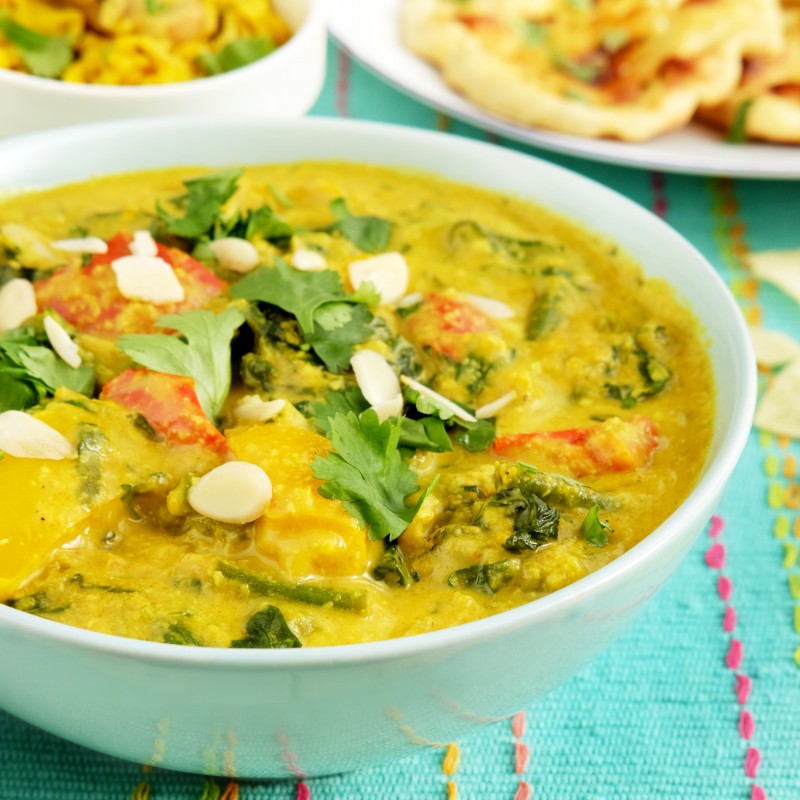This was one of the phrases often cited by those promoting frozen foods. Well, at least frozen vegetables. And, to a point, it is true. Modern farming and storage methods allow a short time from harvesting and processing to freezing – meaning often frozen foods are ‘fresher’ than fresh produce. Certainly, the nutritional value of frozen vegetables is about equal to fresh. Either way, having frozen vegetables at home has many advantages over fresh.
Recently I called at my local supermarket to see what is available in the freezer cabinet. I was quite surprised. Obviously peas but also chopped onions, avocado, mushrooms, mashed potato, rice, cabbage, carrots, broccoli, sweetcorn, spinach, sweet potato, sprouts, ginger, garlic, herbs, plus various mixed bags of veg, stir-fry and fruits. If I was honest my general food shopping could be satisfied entirely with frozen stuff. And that’s not counting all the other produce we regularly buy frozen such as veggie sausages, burgers and pizzas.
The advantages of buying frozen are numerous.
Cost. Often frozen vegetables are cheaper than fresh. When was the last time you threw away frozen peas because they had gone out of date? With the best will in the world fresh food can go off and ends up in the bin. This of course will vary depending on how diligent you are. Frozen vegetables and of course fruits are already trimmed so you can consume all that you buy. With fresh foods often they must be peeled, stalks removed etc. However, all these trimmings are included in the price when sold by weight.
Ease of use. Frozen vegetables are ready to use. They are already washed, trimmed and sliced. All you need to do is cook them. No need to allow them to thaw, just straight into the pan. So, if you want the experience of preparing your own food but don’t want the fuss of slicing and chopping for whatever reason they are a real advantage.
On the downside…
You must have a reasonable-sized freezer. Yes, the elephant in the room. In addition, running costs should be considered too. Recently the cost of energy has significantly gone up. If you have a freezer let it earn its keep.
Cooking with frozen foods
One of the best ways to cook frozen vegetables is to steam them. The advantage of this is to reduce cooking time, maintain maximum vitamin content and reduce the likelihood of the vegetables becoming soggy – something commonly said about using frozen foods. Alternatively place them in a microwavable container and simply microwave them, effectively steaming them. Incidentally, cooking with your microwave is the most efficient method to cook in terms of the use of power.

Enough about the theory, let’s start cooking.
These recipes are tried and tested in my household and work well using frozen vegetables or a combination of fresh and frozen.
This tagine is great served with couscous or warmed pitta bread. I often add sliced peppers and a few more spices for a little extra kick.
If you fancy something a little simpler try this delicious soup. You can use fresh onions but having them already chopped makes life just a little easier.
Make this Korma recipe even simpler and quicker by using frozen vegetables.
As for using frozen fruits think smoothies, porridge toppings, crumbles and sponges. Try these tasty recipes to get started.
A few last thoughts
I am often asked can you refreeze food? Yes, it is often perfectly safe to do this, but do follow the manufacturer's advice. However sometimes the texture of the food will alter making it soft or even dry. It is a good idea to freeze food in airtight containers. Finally, always label cooked food before placing it in the freezer. Let’s face it, a frozen container with a non-descript filling never seems appetising.
Categories:
Cooking on a Budget
Recipes